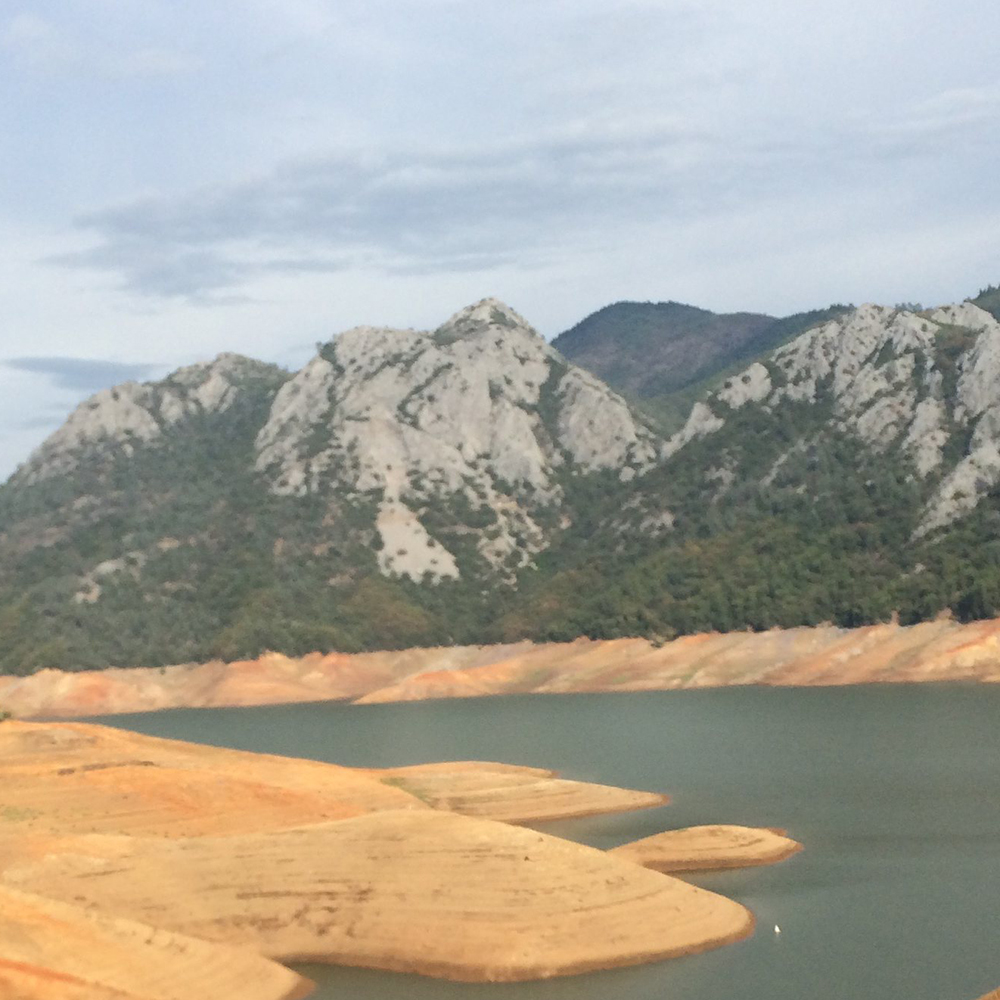Two of California’s most pressing problems are a growing scarcity of both water and power. Solving them does not require two separate efforts, though. They can be done together.
Declaring atomic energy to be a renewable source of energy and then embarking on a building campaign would relieve the strain on the electricity grid, and could eventually produce enough power to export to states that rely on coal. But that’s not all it can do. Nuclear power sites can also desalinate water from the ocean.
According to the book Nuclear Reactor Technology Development and Utilization, written by a team of academics, the process in which the heat and electricity generated by nuclear plants is used to remove salt and minerals from seawater “has accumulated a couple of hundred of reactor-years of successful operations around the globe.”
Writes Youssef Shatilla, a nuclear engineering professor at the United Arab Emirates’ Khalifa University, in the book’s nuclear desalination chapter:
The economics of nuclear desalination has been found to be competitive with other desalination techniques driven by other sources of energy. Nuclear desalination doesn’t require additional safety measures than those already existing for the nuclear power plant. Special consideration for potential water radiation contamination is achieved through insertion of additional physical barrier between the nuclear island and pathways of final water product.
Furthermore, the environmental impact is “either equivalent or (in some cases) better than those when other energy sources are used.”
A Stanford report published last year said that using the twin-reactor Diablo Canyon nuclear plant in San Luis Obispo County “as a power source for desalination could substantially augment fresh water supplies to the state as a whole and to critically overdrafted basins in regions such as the Central Valley.” It is capable of “producing fresh water volumes equal to or substantially exceeding those of the proposed Delta Conveyance Project – but at significantly lower investment cost.”
Jacopo Buongiorno, one of the report’s co-authors, made the case for nuclear power in an MIT News article that appeared about the same time as the analysis. Because “the wide deployment of intermittent energy sources such as solar and wind creates a great deal of variability on the grid,” he said, California needs “dispatchable firm power” from “generators like Diablo.”
“So, the first mission for Diablo is to continue to provide reliable, clean electricity to the grid.”
The Diablo Canyon site, which is California’s last operating nuclear power plant, was scheduled to close in 2025. But a bill signed and passed near the end of the just-finished legislative session authorized an extension to 2030. Lawmakers had little choice, as they admitted in the bill that “preserving the option of continued operations” an additional five years “may be necessary to improve statewide energy system reliability and to reduce the emissions of greenhouse gases while additional renewable energy and zero-carbon resources come online.”
But they didn’t go far enough. The extension is at least five years short.
“We found that, if Diablo’s operating license was extended until 2035, it would cut carbon emissions by an average of 7 million metric tons a year — a more than 11 percent reduction from 2017 levels — and save ratepayers $2.6 billion in power system costs,” Buongiorno told MIT News.
Even more interesting: Original plans called for six reactors at Diablo Canyon. Had all six been built, the additional reactors would have tripled output, producing electricity for 9 million Californians, almost one-fourth of the population, rather than the 3 million that it serves today. All of the power is produced without greenhouse gas emissions, which is exactly what the majority of California politicians and activists say they want.
Yet there’s no long-term commitment to what is clearly a smart policy move. The longer policymakers put off rethinking their rush to a carbon-free future, the darker and thirstier California’s future looks.
Kerry Jackson is a fellow with the Center for California Reform at the Pacific Research Institute.

